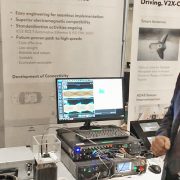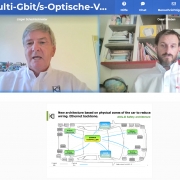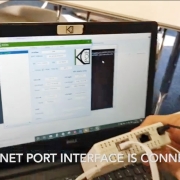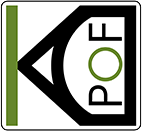KDPOF has conducted a study examining the influence of home networking on online gaming and video streaming. For online gaming, the delay between an action the player intends to perform in the game and its actual effect on the screen can totally ruin the experience. Among gamers, this latency is known as ping or lag. The action issued by the player has to go through different network segments until it reaches the game server; it is then processed and the response travels back to the gamer. Numbers over 150 ms are a total no-go experience while being under 20 ms is considered a very good behavior.
KDPOF Study Reports Significant Effect of Home Networking on Online Gaming Experience
“There are three main segments that can influence the latency level: online game servers, access network, and home networking,” explained Carlos Pardo, CEO and Co-founder of KDPOF. “Our study showed that the home network plays a key role in the whole experience. Average values as low as 1 ms and up to 30 ms could be found.” A good solution is wired connectivity over plastic optical fiber (POF). It provides very low latency and jitter, just like Ethernet wiring but without visible cabling installed.
The Importance of Low Latency for Home Networks
The number one home network technology used nowadays in any home is Wi-Fi. Unfortunately, it provides little control over when each node has access to the air. Any packet loss is not noticeable for services such as web browsing, but when delivering video related services, these crashes generate peaks of latency. Those packets need to be retransmitted, extending the time required to reach the other end. If a device in the same environment is connected over Ethernet directly to the access router, the picture changes significantly. “It is not surprising that gamers prefer to connect over wires rather than Wi-Fi due to these effects,” added Carlos Pardo. “Delays are getting even worse with the rapid increase of multiple Wi-Fi access points of Wi-Fi mesh in the home.”
Plastic Optical Fiber Combined with Wi-Fi
Since wired connectivity adds only negligible latency to the path, it is recommended over wireless for the in-home portion. With its ease of installation, lack of aesthetic impact, robustness, and stability, plastic optical fiber is the ideal solution to contribute to a perfect online gaming experience. The ultimate home network solution is one that combines the advantages of a POF backbone with Wi-Fi access points throughout the home. It secures 1 Gb/s speed to each access point, avoiding any loss inherently present with wireless due to distance, walls or interference. While Wi-Fi links provide latencies on the level of milliseconds, POF is on the level of microseconds, i.e. 1000 times better.
POF can easily be installed in any duct throughout the home: power, coaxial, or telephone conduits, or easily hidden on walls, under carpets or through false ceilings. Devices that connect to the network via Wi-Fi will continue to use that connection, but will enjoy the dedicated 1 Gb/s speed of the POF network. This way, Wi-Fi speed experienced anywhere in the home is the same as next to the router.
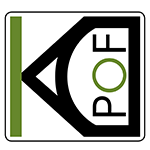

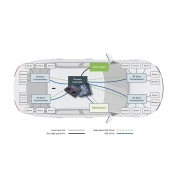 KDPOF
KDPOF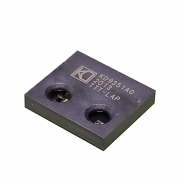


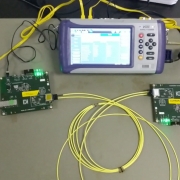
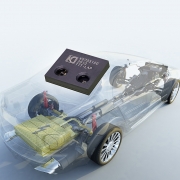 GettyImages
GettyImages shutterstock.com
shutterstock.com